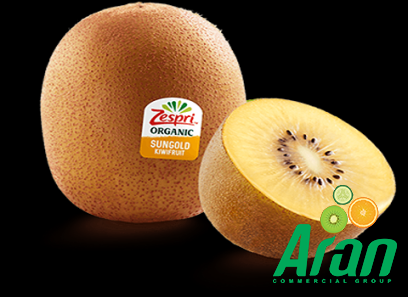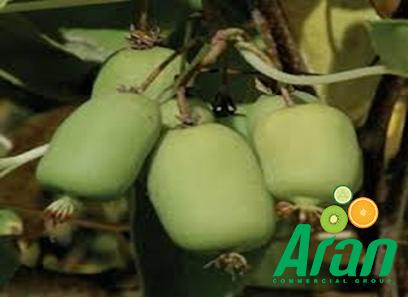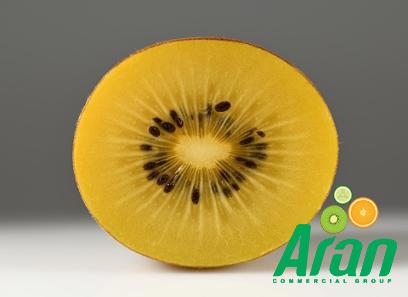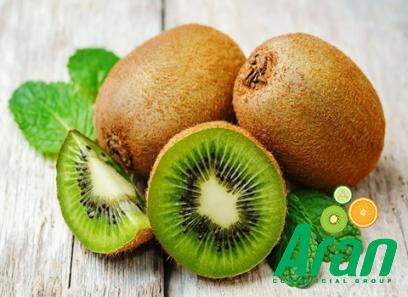blood oranges not sweet
Blood oranges are known for their vibrant color and unique flavor, but not all blood oranges are created equal. While many people expect blood oranges to be sweet, there are varieties that may not meet those expectations. In this article, we will explore the reasons why some blood oranges may not be as sweet as expected, how to identify them, and the different ways you can still enjoy their unique taste. One of the main reasons why some blood oranges are not as sweet as others is due to the specific variety of blood orange. There are different types of blood oranges, each with its own distinct characteristics, including sweetness levels. For example, the Tarocco blood orange is known for its balanced sweet-tart flavor, while the Moro blood orange tends to be sweeter with rich berry undertones. On the other hand, the Sanguinello blood orange can sometimes be less sweet and more tangy in taste.

.
 Another factor that can contribute to the sweetness of blood oranges is the growing conditions in which they are cultivated. Factors such as climate, soil composition, and irrigation methods can all influence the sugar content and overall flavor profile of the fruit. Blood oranges grown in warmer climates with plenty of sunlight and optimal soil conditions tend to be sweeter compared to those grown in less ideal conditions. In addition to varietal differences and growing conditions, the ripeness of the blood orange can also impact its sweetness. Blood oranges, like other citrus fruits, continue to ripen after they are harvested. This means that the longer a blood orange is left on the tree, the sweeter it will become as the natural sugars in the fruit continue to develop. However, this also means that some blood oranges may be harvested before they reach peak sweetness in order to extend their shelf life, resulting in a less sweet flavor.
Another factor that can contribute to the sweetness of blood oranges is the growing conditions in which they are cultivated. Factors such as climate, soil composition, and irrigation methods can all influence the sugar content and overall flavor profile of the fruit. Blood oranges grown in warmer climates with plenty of sunlight and optimal soil conditions tend to be sweeter compared to those grown in less ideal conditions. In addition to varietal differences and growing conditions, the ripeness of the blood orange can also impact its sweetness. Blood oranges, like other citrus fruits, continue to ripen after they are harvested. This means that the longer a blood orange is left on the tree, the sweeter it will become as the natural sugars in the fruit continue to develop. However, this also means that some blood oranges may be harvested before they reach peak sweetness in order to extend their shelf life, resulting in a less sweet flavor.
..
 So, how can you tell if a blood orange is not as sweet as you expected? One way is by looking at the color of the fruit. Blood oranges get their name from the dark red pigmentation of their flesh, which is caused by the presence of anthocyanins, a type of antioxidant. The darker the color of the blood orange, the more likely it is to be sweet and ripe. If the flesh of the blood orange appears more orange than red, it may indicate that the fruit is not as sweet or fully ripened. Another way to determine the sweetness of a blood orange is by giving it a gentle squeeze. A ripe blood orange should feel heavy for its size and yield slightly to pressure, indicating that it is juicy and sweet. If the blood orange feels firm or lightweight, it may be underripe and less sweet in taste.
So, how can you tell if a blood orange is not as sweet as you expected? One way is by looking at the color of the fruit. Blood oranges get their name from the dark red pigmentation of their flesh, which is caused by the presence of anthocyanins, a type of antioxidant. The darker the color of the blood orange, the more likely it is to be sweet and ripe. If the flesh of the blood orange appears more orange than red, it may indicate that the fruit is not as sweet or fully ripened. Another way to determine the sweetness of a blood orange is by giving it a gentle squeeze. A ripe blood orange should feel heavy for its size and yield slightly to pressure, indicating that it is juicy and sweet. If the blood orange feels firm or lightweight, it may be underripe and less sweet in taste.
…
 ncorporating less sweet blood oranges into your cooking and baking can open up a world of culinary possibilities. Embrace the unique flavor profile of these oranges, experiment with different recipes and techniques, and discover the diverse ways in which they can enhance your meals and desserts. Whether you choose to use them in savory dishes, sweet treats, or refreshing beverages, the tangy and citrusy notes of less sweet blood oranges can add a new dimension to your culinary creations. So next time you come across blood oranges that are not as sweet as expected, don’t hesitate to get creative and explore the endless possibilities that these unique fruits have to offer.
ncorporating less sweet blood oranges into your cooking and baking can open up a world of culinary possibilities. Embrace the unique flavor profile of these oranges, experiment with different recipes and techniques, and discover the diverse ways in which they can enhance your meals and desserts. Whether you choose to use them in savory dishes, sweet treats, or refreshing beverages, the tangy and citrusy notes of less sweet blood oranges can add a new dimension to your culinary creations. So next time you come across blood oranges that are not as sweet as expected, don’t hesitate to get creative and explore the endless possibilities that these unique fruits have to offer.










Your comment submitted.